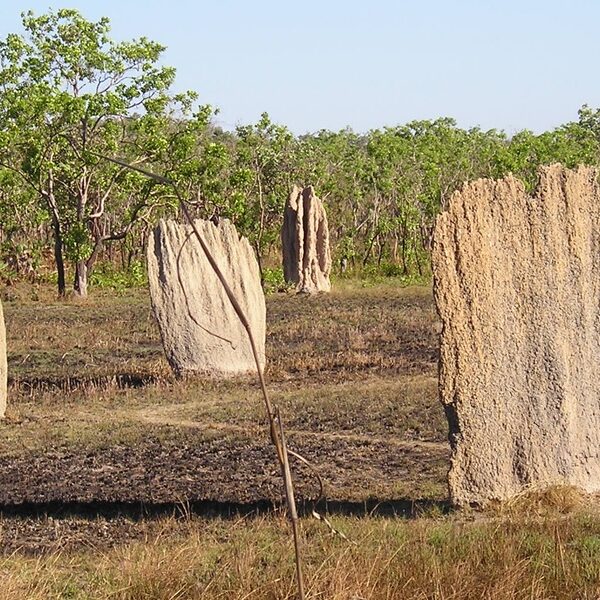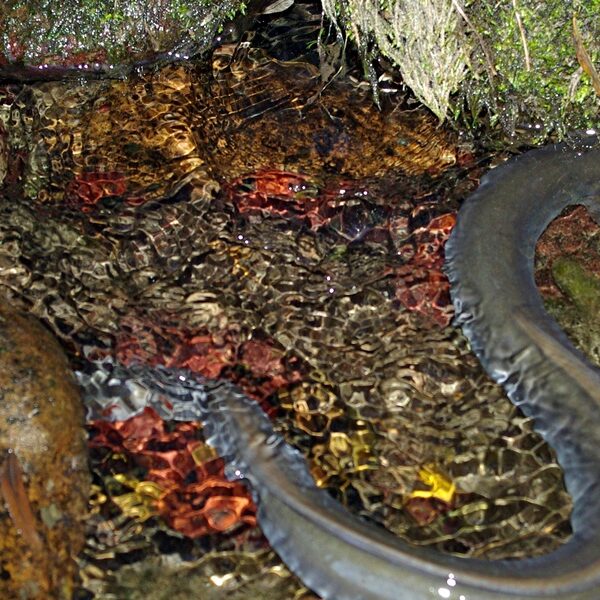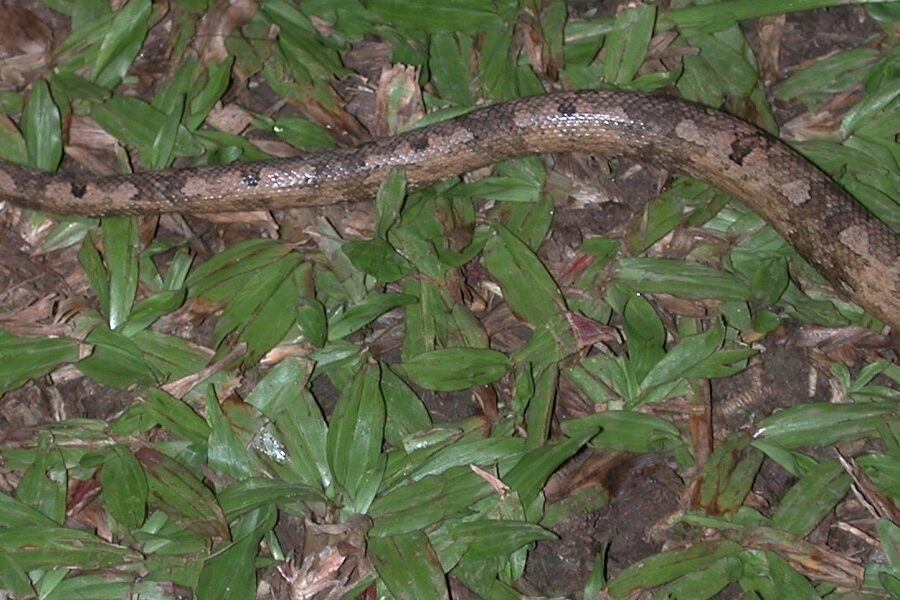Lebanon’s coastlines, wetlands and mountain springs support a surprising variety of wildlife. Amphibians here depend on seasonal rains and small freshwater sites, so they appear in different habitats from lowland marshes to high-altitude streams.
There are 7 Amphibians of Lebanon, ranging from Asian Green Toad to Savigny’s Tree Frog; for each species you’ll find below Scientific name,Adult size (cm),Range (Lebanon).
When and where is the best time to look for amphibians in Lebanon?
Most species are easiest to find during and after the rainy season—visit at dusk or night near ponds, slow-moving streams, irrigation ditches and temporary pools; listen for breeding calls after warm rains and avoid trampling vegetation or disturbing breeding sites.
How can I help protect amphibian populations in Lebanon?
Reduce pesticide and fertilizer use, avoid draining or contaminating wetlands, report die-offs or unusual sightings to local conservation groups, support habitat protection efforts, and observe without handling; submitting documented sightings to citizen‑science projects also aids monitoring.
Amphibians of Lebanon
| Common name | Scientific name | Adult size (cm) | Range (Lebanon) |
|---|---|---|---|
| Near Eastern Fire Salamander | Salamandra infraimmaculata | 20 | Montane streams and damp woodlands, mainly in Mount Lebanon. |
| Lycian Salamander | Lyciasalamandra luschani | 14 | Very restricted to a small area of coastal cliffs in northernmost Lebanon. |
| Eastern Spadefoot Toad | Pelobates syriacus | 9 | Coastal plains and Bekaa Valley in areas with loose, sandy soil. |
| Asian Green Toad | Bufotes sitibundus | 10 | Widespread from coastal areas to mountain foothills; highly adaptable. |
| Savigny’s Tree Frog | Hyla savignyi | 5 | Wetlands, reed beds, and irrigated gardens from the coast to mountains. |
| Levant Water Frog | Pelophylax bedriagae | 12 | Abundant in and around permanent water bodies like rivers, lakes, and ponds. |
| Caucasian Brown Frog | Rana camerani | 8 | High-altitude mountain springs, streams, and wet meadows in the Mount Lebanon range. |
Images and Descriptions
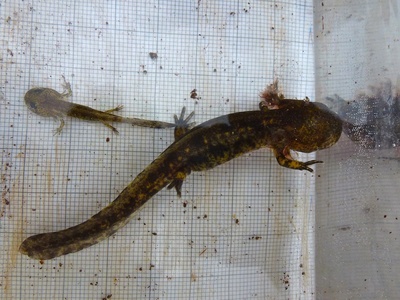
Near Eastern Fire Salamander
A large, glossy black salamander with bold yellow or orange spots. It is nocturnal, hiding near cool streams where it breeds. Its bright colors warn predators that its skin secretions are toxic, providing an effective defense against being eaten.
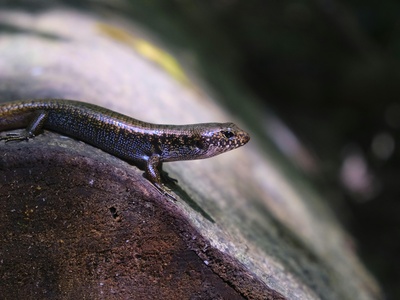
Lycian Salamander
A slender, dark salamander with yellow spots and often a yellow tail. This species is fully terrestrial and gives birth to live, fully-formed young instead of laying eggs in water. It is considered one of Lebanon’s rarest and most localized amphibians.
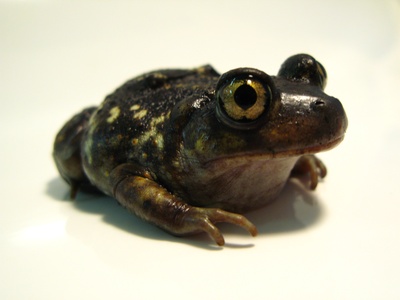
Eastern Spadefoot Toad
A stout, smooth-skinned toad with prominent vertical pupils. It uses the hard “spades” on its hind feet to burrow underground to escape heat. It emerges at night after heavy rains to breed in temporary pools, with a loud, rapid call.
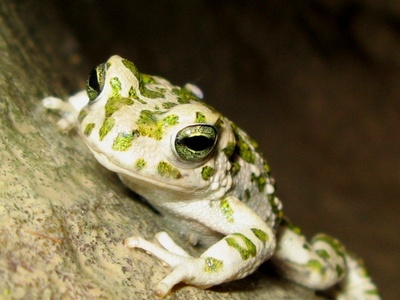
Asian Green Toad
A common toad with a light background covered in distinctive green patches. Its warty skin contains mild toxins. It thrives in various habitats, including gardens and agricultural lands, making it one of the most frequently seen amphibians in Lebanon.
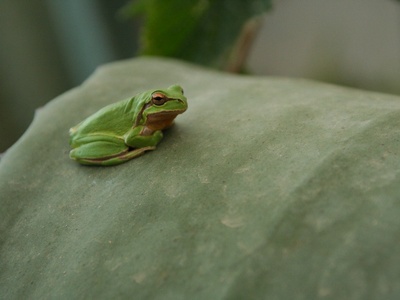
Savigny’s Tree Frog
A small, slender frog, typically bright green but capable of changing color to match its surroundings. Its adhesive toe pads make it an excellent climber. The males’ loud, repetitive “krek-krek” call is a characteristic sound of spring and summer nights.
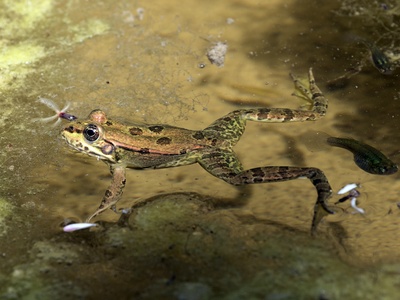
Levant Water Frog
A large, robust aquatic frog, usually green or brown with dark spots. It is almost always found in or near water, often seen basking on the banks. It is a voracious predator, eating insects, other invertebrates, and even smaller vertebrates.
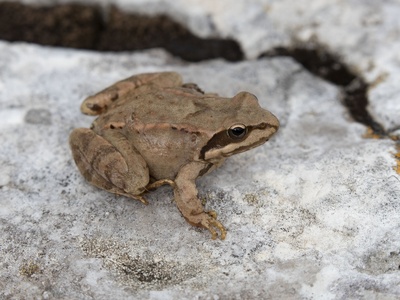
Caucasian Brown Frog
A medium-sized, terrestrial brown frog with a distinct dark mask behind its eye. Adapted to cold mountain climates, its presence in Lebanon represents the southernmost limit of its global range, making the local population particularly important for conservation.

